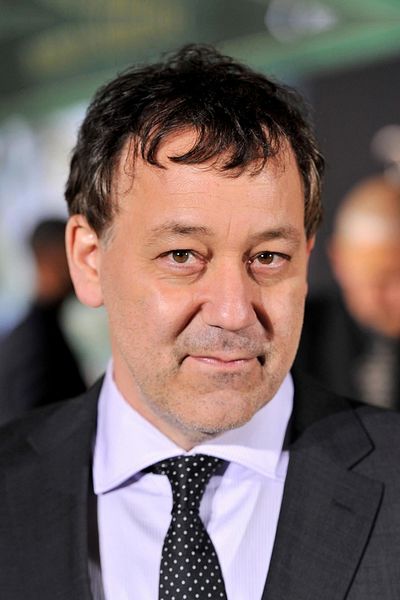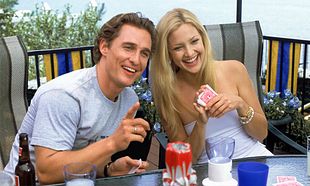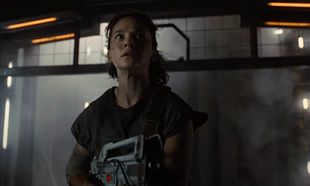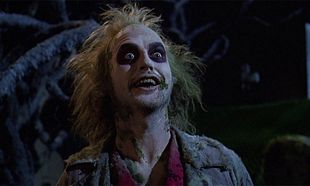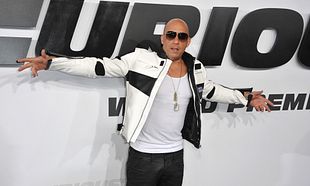For some of our readers, it is hard to imagine a cinema landscape that wasn't dominated by superhero films.
'Spider-Man' wasn't the first cinematic adaptation of a comic book character, not by a long shot, but the 2002 'Spider-Man' outing set the ball rolling on the cinematic landscape we currently live in.
Prior to the web-slinger hitting the silver screen, Superman and Batman had received big-budget cinematic outings, but as anyone who has ever sat through 'The Quest For Peace' or 'Batman and Robin' can attest, the well dried up very quickly.
There is something about Spider-Man that intrinsically appeals to people, and in the landscape of early 2000's cinema an awkward nerd suddenly becoming popular was something audiences wanted.
The best cinematic depictions of Spider-Man show him struggling to make ends meet, trying to hold down a steady job, pay rent, save his city from a threat, and if he has enough time left in the day, hold down a steady relationship.
In essence, Spider-Man is the millennial superhero.
As written, Spider-Man is just a normal boy from Queens who faces problems just like his readers face.
Transport that to film, and that becomes more tangible and real.
Choosing your favourite 'Spider-Man' actor for many is the one you grew up with, and for many, Tobey Maguire remains the definitive fan favourite.
His line readings are always slightly off-kilter, his energy is strange, and in general, is a pretty weird guy.
That is what makes him perfect for the role.
What Andrew Garfield's iteration got terribly wrong was Spider-Man is never meant to be cool.
Garfield gives a good performance and matches what is written on the page, but as written, the character is all wrong.
Garfield's version of the character is relatively well put-together and has good fashion sense, as well as his quips coming across as too self-assured and confident.
Tom Holland exists somewhere between the two and is a fine actor, but neither Holland nor Garfield pull off the same effortlessly nerdy charm Maguire has.
Be it struggling to get the attention of Kirsten Dunst, being bullied by Joe Manganiello or getting yelled at by JK Simmons, Tobey Maguire reacts the same way an audience member would in that situation.
The character of Spider-Man has been written a thousand different ways in the comics, but one thing always remains; he's still a nerd from Queens who somehow attained superpowers, and he has a personal life to balance along with the day job.
As Peter Parker becomes more confident in his role of Spider-Man, the audience is there every step of the way.
In general, Spider-Man is such a relatable character because audiences from all walks of life can easily project themselves onto him.
Spidey on the silver screen has seen him battle Thanos on a distant planet, have the ghost of Dennis Leary follow him around, and in one regrettable instance, briefly become emo, but the original 2002 outing is the character distilled.
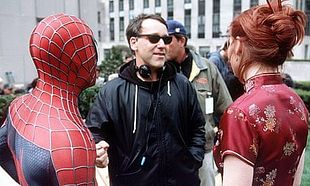
A lot of the power from the 2002 version stems from Sam Raimi's direction.
In his groundbreaking 'Evil Dead' films, Raimi uses every trick in the book to make his budget stretch even further, using fishing rods, shaky cams and dolly shots to make the audience feel like they're in the thick of the action.
Raimi's kinetic visual style is an absolute treat to watch even to this day, and in particular after a decade of rote, generic MCU direction.
There are some flourishes in the MCU films such as Ryan Coogler's rotating camera shot in 'Black Panther' or James Gunn deploying the "Vertigo Shot" for a big emotional moment in 'Guardians Of The Galaxy 2' but the original 'Spider-Man' is prime Raimi showboating.
Raimi uses quick cuts in the thick of the action, but unlike other superhero films, there is a distinct sense of geography and architecture in a given scene.
When you think about movie geography, people think of something like 'Mad Max: Fury Road' where George Miller lays out the surroundings before the action begins so audiences know where characters are at all times, or Bong Joon-Ho making audiences familiar with every inch of the house in 'Parasite' so they can easily identify who is where when the action kicks off, and Raimi is one of the best at this technique.
The action scenes in the original 'Spider-Man' are legible and audiences can tell where a character is in any given situation, a fundamental of filmmaking that has been lost in the MCU era.
The cliche phrase used by writers when praising superhero films is comparing it to the comics or saying the scenes leapt from paper to screen, but in this instance the cliche is justified - Raimi is one of very few directors to make the comic book translate so effortlessly to the big screen.
Raimi's trademark kinetic and dynamic camera movements are are breath of fresh air in a landscape dominated by what has now become known as the Marvel house style where the visual effects are locked in months in advance leaving little room for directorial flourishes.
Apart from having Nickelback and The Strokes on the soundtrack, one element from the original 'Spider-Man' sticks out in 2021 - the presence of American flags in the film.
The final shot of the film is Spider-Man swinging onto a flag pole with an American flag blowing in the wind.
As the very end of this YouTube audience reaction video shows, it brought the house down.
It may seem reductive, but 'Spider-Man' was a case of "right place, right time" in cultural history.
Audiences wanted a character to help them escape the realities of the previous year, much like how 'No Way Home' is geared up to become one of the years biggest films.
Audiences turn up to the cinema to see their favourite character save the day, and in times of turmoil at home and abroad, audiences rally around the familiar.
Some attribute the strong performance of 'Spider-Man' to the film coming out months after the September 11th attacks in New York City, but in a 2004 interview with the Los Angeles Times, Raimi dismissed this and called it a coincidence.
“It’s the way New York is,” Raimi told a reporter prior to the release of 2004's 'Spider-Man 2'.
"I just love this country. I’m so happy to be here. My kids aren’t persecuted for their religion. All rights are protected; no one comes and slaughters you for anything you might think or believe. An incredible place.”
"With great power comes great responsibility" is the line from the 2002 film that has resonated with audiences for 20 years, and Raimi took that line to heart.
"This ('Spider-Man 2) movie is a story of a hero, and I know all these kids are coming to see this picture, these Spider-Man movies, and look at Spider-Man as their hero. And I want to make sure that the movie has a positive portrayal -- a good role model of somebody who is good of heart and is faced with conflict and perhaps makes the hard choices, but the right choices, to be this hero," he told The Los Angeles Times.
This All-American Capra-style dose of earnestness is what defines the Raimi films from the Andrew Garfield and Tom Holland versions.
The director of the Tom Holland trilogy, Jon Watts, has spoken of how the films of John Hughes and Richard Linklater influenced the stories he wanted to tell, but that is mere table dressing.
Raimi's films hold up 20 years after the fact because the people making the films truly believed they were crafting a story to be championed by people from all walks of life.
That is, perhaps, the most heroic feat of all.


